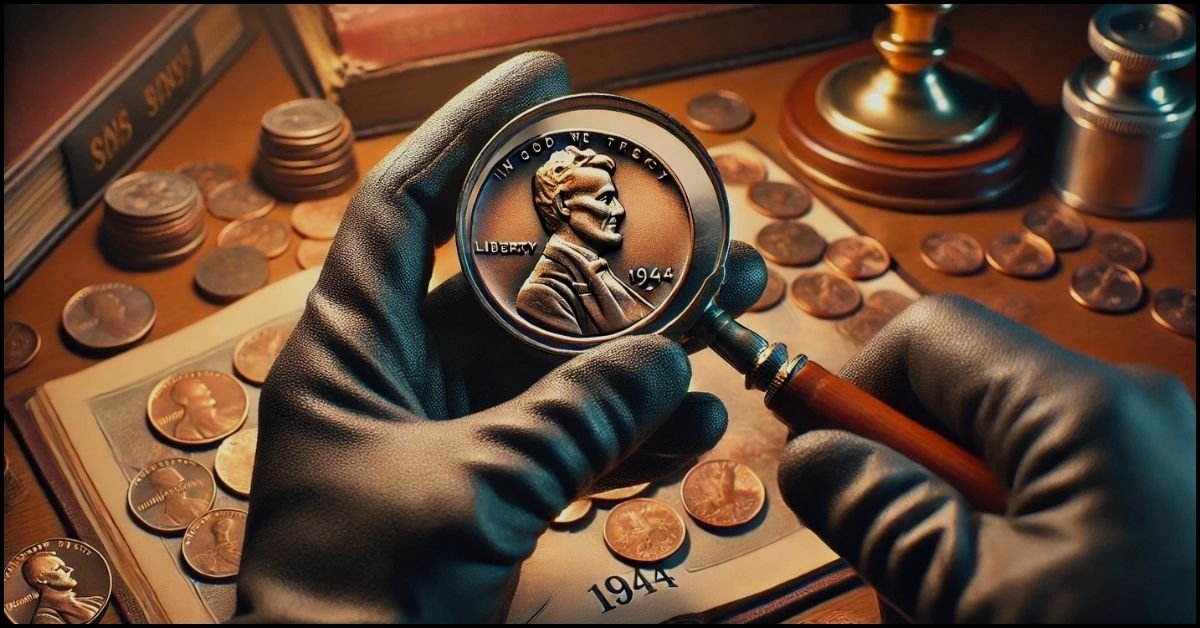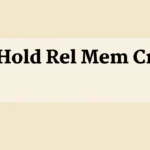Contents
Introduction to 1944 Penny Worth
Coins have long been a collector’s fascination, with some dates and mints being more sought-after than others. The 1944 Penny Worth is one of those coins that have captured the attention of both amateur and seasoned numismatists. But what makes this coin so special, and how much could it be worth?
In this article, we’ll dive into the historical context of the 1944 Penny Worth, explore different varieties, and understand the elements that can significantly affect its value.
The Historical Significance of the 1944 Penny
The 1944 Penny Worth, minted during World War II, stands as a relic of an era filled with global tension and rapid industrial change. The United States’ involvement in the war had profound effects on nearly every facet of daily life, including coinage. During this period, the U.S. Mint had to make significant adjustments to meet the nation’s economic and material needs.
The Transition from Steel to Copper
In 1943, the U.S. Mint made pennies from steel coated with zinc to conserve copper for war-related uses. However, in 1944, the mint reverted to using copper, but with a twist: the copper used in 1944 pennies was recycled from spent shell casings and other war-related materials. This unique history adds an element of allure and intrigue to these coins, making them desirable among collectors.
Mintage and Circulation
The 1944 penny was minted in large quantities across three locations: Philadelphia (no mint mark), Denver (D mint mark), and San Francisco (S mint mark). In total, more than 1.4 billion 1944 pennies were produced, making them relatively common in circulated grades. Nevertheless, certain varieties and errors can fetch a premium in today’s coin market.
Key Varieties of the 1944 Penny
The 1944 penny comes in several varieties, each carrying a different level of rarity and value. Understanding these distinctions is crucial for any collector or enthusiast looking to evaluate the worth of this historic coin.
1944 Wheat Penny
The standard 1944 penny features the familiar Wheat design, with two stalks of wheat framing the words “ONE CENT” on the reverse. Abraham Lincoln’s profile appears on the obverse, a design introduced in 1909 to commemorate his 100th birthday. Most of these pennies are made of copper, but a few unique exceptions exist.
1944 Steel Penny
One of the most intriguing and valuable varieties of the 1944 penny is the steel cent. Due to leftover steel planchets from 1943 mistakenly being used in 1944, a few steel pennies were produced. These coins are extremely rare and highly sought after, often fetching thousands of dollars at auction. If you come across a 1944 penny that appears silver in colour, you may be in possession of a rare steel penny.
1944-D and 1944-S Varieties
The Denver and San Francisco mints produced their own 1944 pennies, marked with a “D” or “S,” respectively. While these coins are generally less valuable than the rare steel variety, they can still be worth more than face value, especially in uncirculated condition or with unique errors.
Factors Affecting the Value of a 1944 Penny
Several elements come into play when determining the value of a 1944 penny. It’s not just the date and mint mark that matter; condition, rarity, and errors are all crucial factors.
Condition and Grading
The condition of your 1944 penny plays a significant role in its value. Coin grading is a specialized field that assesses the wear and quality of a coin, ranging from “Good” to “Mint State” (M.S.). A 1944 penny in circulated condition may only be worth a few cents to a dollar. However, uncirculated coins or those in higher grades can command significantly higher prices.
- Circulated Coins: Pennies that have been used in everyday transactions typically show signs of wear and tear. These coins are the most common and have the lowest value.
- Uncirculated Coins: These coins show no signs of wear and are highly valued by collectors. A 1944 penny in Mint State can fetch anywhere from $5 to $10 or more, depending on the grade.
Errors and Die Varieties
Coins with mint errors are gold mines for collectors. In the case of the 1944 penny, errors like double dies, off-center strikes, or repunched mint marks can increase the coin’s value significantly. A double-die error, where the coin’s design appears doubled due to a mistake in the minting process, is particularly desirable.
Metal Composition
Most 1944 pennies are made from recycled copper, but the rare steel variety is where the big money lies. Authenticating these steel pennies typically requires a magnet test (steel coins are magnetic) and professional appraisal to verify their authenticity.
What Makes the 1944 Penny Valuable Today?
The 1944 penny’s value largely depends on its historical appeal, rarity, and collector demand. While the standard copper version is abundant and accessible, the unique variations, such as the steel penny, continue to excite numismatists.
The Appeal of World War II Collectibles
World War II memorabilia has always held a special place in the hearts of collectors, and coins from that era are no exception. The fact that 1944 pennies were made from wartime materials adds to their allure, making them a prized possession for those interested in history and coin collecting.
FAQs About the 1944 Penny Worth
Here are some commonly asked questions about the value and significance of the 1944 penny:
How much is a standard 1944 copper penny worth?
A standard 1944 copper penny in circulated condition is generally worth between 5 and 10 cents. However, in uncirculated condition, it can be valued at $5 or more, depending on its grade and mint mark.
What makes the 1944 steel penny so valuable?
The 1944 steel penny is valuable because it was a minting mistake, making it extremely rare. Depending on their condition and authenticity, these coins can sell for thousands of dollars at auctions.
How can I tell if I have a genuine 1944 steel penny?
To verify if your 1944 penny is made of steel, use a magnet. If the penny sticks to the magnet, it is likely steel. However, it’s best to have it authenticated by a professional numismatist to confirm its value.
Are there any other valuable errors in 1944 pennies?
Yes, other valuable errors include double-die obverse or reverse and punched mint marks. These errors can make a 1944 penny more desirable and valuable among collectors.
Where can I sell my 1944 penny?
You can sell your 1944 penny at coin shops, auctions, or online marketplaces like eBay. It’s advisable to get your coin graded by a reputable grading service to maximize its value.
Is it worth investing in 1944 pennies?
While 1944 pennies may not make you rich overnight, they can be a worthwhile investment, especially if you find a rare variety or error coin. Collecting coins can also be a rewarding hobby that connects you to a rich history.
Conclusion
The 1944 penny is a fascinating piece of American history, holding both financial and sentimental value for collectors. While most copper versions are not worth a fortune, rare varieties like the steel penny or error coins can fetch significant sums. Whether you’re a seasoned collector or a curious enthusiast, understanding the nuances of the 1944 penny can add depth and value to your collection. Always consider having rare coins professionally appraised, and remember that the joy of collecting often lies in the journey as much as the potential financial reward.











